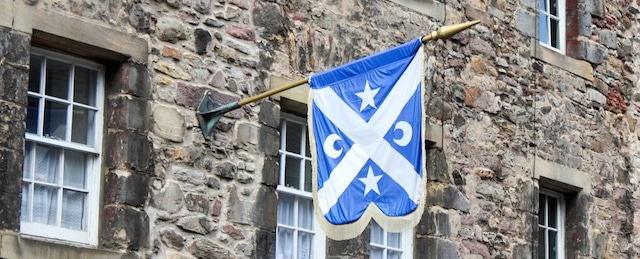MILESTONES | SCOTLAND

The outcome of this September’s referendum on Scottish independence remains too close to call. The “Better Together” campaign in favor of remaining within a United Kingdom has been leading in recent polls—especially among women voters. But if those still undecided—including younger voters newly enfranchised by the lowering of the voting age to 16—vote “yes” en masse, then Scotland could become a separate country again.
Both campaigns are making large, and generally unsubstantiated, claims about the impact of a “yes” vote on the economy as a whole and individuals’ standard of living. The “Braveheart Brigade” argues that Scotland could implement policies tailored to local needs and so lead the economy to grow, while the “McKilljoys,” led by Alistair Darling, foresee disaster.
“I think there’s a great deal of exaggeration on both sides,” observes professor John Kay, who has been one of Scottish first minister Alex Salmond’s special advisers. But few independent commentators have made a case for independence bringing economic benefits. Scotland already has a higher tax spend per person than the rest of the UK, and the Scottish National Party is promising free childcare on top of free university education.
Gemma Tetlow of the Institute of Fiscal Studies says that Scotland would have a higher public borrowing requirement than the UK as a whole, and should its government not maintain current spending cuts, the fiscal deficit might rise to around 5.5% of GDP. That is above the criteria for rejoining the European Union. And regardless of how much of the UK’s past debt Scotland takes on, it would soon need to issue new debt.
Then there are the much-debated revenues from North Sea oil and gas. Production is on a downward curve, and political uncertainty could deter new investment. The costs of setting up a new government are hotly disputed, as is whether Scotland will be able to keep the pound sterling once it can set its own fiscal policy—potentially triggering an exodus of banks and insurers.



